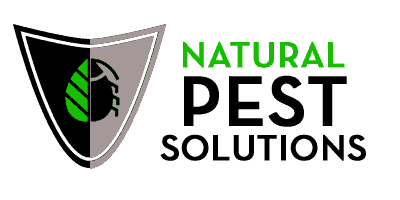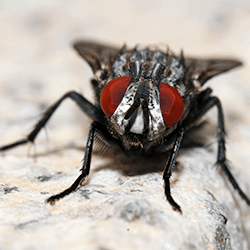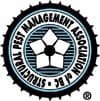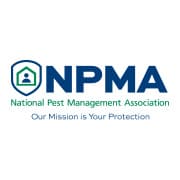
Fly pest control is necessary if you want to keep your home safe and pest-free. Various methods and products can be used to control the population of these annoying insects. To start, sanitize your home thoroughly by getting rid of the sources of infestation. This includes cleaning the garbage can and plastic containers. Likewise, seal up your fruits and vegetables to prevent them from becoming an attraction to the flies.
Sanitation
Sanitation for fly pest control is an important part of any pest management program. By eliminating breeding areas, fly infestations can be eliminated. This means keeping trash cans sealed and lids tight. Also, keep dumpsters as clean as possible and away from buildings. Also, get rid of manure, decaying plant or animal material, and excess moisture.
Keeping garbage and rotting food out of your home is an effective way to prevent flies from reproducing. While some of the commonly found species are harmless, others can spread disease agents. These flies can cause a number of health problems, so sanitation is important to preventing the infestation.
Identification of the type of fly
It is important to identify the type of fly you have in your home before applying a fly control product. There are many different types of flies. For instance, a house fly larva is smaller than a grain of rice. An adult house fly will grow to be between one and four millimeters long. The larva will have two stripes on its face and black vertical stripes across its body. It will have no legs and wings, and will have a dark brown pupa that will eventually emerge as an adult fly.
While identifying the type of fly is important, this can be tricky, as the most effective fly control solution will work best if you know what kind of fly is attacking your property. In most cases, you can identify the type of fly by the areas it frequents.
Methods of control
There are different methods of fly pest control, each with its own advantages and disadvantages. The most effective methods are those that exclude flies from a premises. These include screening and closing doors. Other solutions include installing an air curtain or automatic door closing device. Alternatively, you can use insecticide sprays.
In order to eliminate fly infestations, you should first determine the source of the problem. Some infestations are simply the result of organic wastes left in uncovered trash receptacles. In these cases, simple measures such as removing breeding materials can prevent the flies from establishing permanent colonies.
Cost
Fly pest control can be expensive, particularly if you have a large infestation and need several visits. Some companies charge a one-time fee of $100 to $300, or you can sign up for an annual contract. These packages include an initial service visit and quarterly follow-up visits. However, the cost can be even higher for larger commercial jobs, which can cost anywhere from $500 to $10,000 per visit. You can also opt to lease light traps for as little as $20 a month.
While fly pest control services are more common for commercial properties, most exterminators will also treat residential properties. These treatments reduce the fly population, but never completely eliminate it. Depending on the type of fly infestation, you may opt for an insect light trap, which uses UV bulbs to attract flies to an area. These devices can be free-standing or mounted on a wall. Some are even designed to look like beautiful decorations and are ideal for food service establishments and restaurants.





